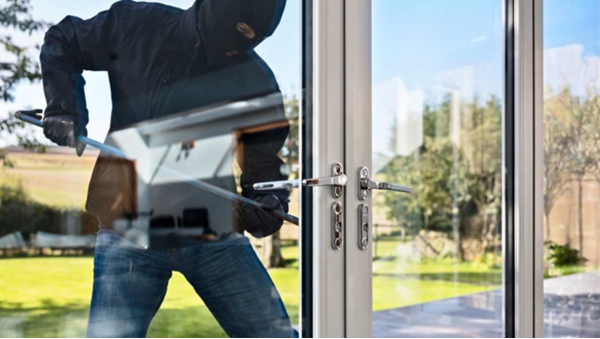Innovations in glass lamination technology have led to a variety of products that merge aesthetics, durability, and peace of mind. Modern laminated safety glass prevents scary scenarios, transforming potential danger zones into secure barriers that hold together even when fractured. In the section below, we’ll explore various facts about laminated glass, including its composition, benefits, and common uses.
An Overview of Laminated Safety Glass
Laminated glass gives the beauty and light of regular glass while providing extra protection. It’s made by taking two or more sheets of glass and adhering them together with a flexible plastic layer in between that acts like glue. This plastic bonding layer sticks the glass sheets together so that if the glass breaks, the pieces stay stuck to the plastic rather than shattering dangerously.
5 Intriguing Facts About the Laminated Safety Glass
Laminated safety glass might seem ordinary, but its unique composition gives rise to some fascinating properties. Here are these 7 insights about this glass:
1. Origins in 1903, France
Back in 1903, a French artist and inventor named Édouard Bénédictus was experimenting with ways to combine his diverse passions – art and science. His tinkering paid off when he successfully layered the clear film between glass fragments, creating a unified new material that intrigued him. Édouard invented the very first laminated glass in 1903.
2. Invented by Accident
One day, French scientist Edouard Benedictus was working in his lab when he accidentally knocked over a glass beaker. To his surprise, it didn’t break into sharp pieces when it hit the ground. The beaker only cracked because it had a protective cellulose coating inside. This accident gave Edouard a great idea – what if cellulose could stick sheets of glass together? He began experiments sandwiching cellulose between glass. This led to Edouard’s big invention – laminated safety glass! The cellulose bonding kept the glass layered together, preventing shattering.
3. Adopted by Ford
When Henry Ford and their friends were injured by shattering glass in car crashes, he made it his personal mission to fix this safety flaw. Soon after Ford learned of laminated glass windshields that stayed intact, he started equipping all Ford vehicles with his own patented laminated safety glass by 1919 to protect motorists from dangerous lacerations.
4. Designed for Car Safety
When cars first appeared, their windshields shattered dangerously in crashes. A few people realised Edouard Benedictus’ new laminated safety glass could be the solution since its cellulose interlayer would prevent the glass from breaking apart on impact. But it took years before automakers started using this lifesaving windshield glass that still protects drivers today. After too many preventable injuries from glass shattering in crashes, safety advocates lobbied hard for decades until laminated windshields finally became mandatory in all new cars in 1937. Improving strength over time, this simple glass invention that started accidentally now stops tragedy, saving lives daily.
5. WWI Military Gear
When laminated glass was invented, World War I military leaders realised it could protect soldiers in battle since it didn’t break into sharp shards. Fighter plane windshields and gas mask eyepieces were made with this impact-resistant glass. Adding more layers even created an early bulletproof glass that saved many lives on the battlefield thanks to its anti-shatter properties.
Conclusion
Laminated safety glass has an incredible story of chance and perseverance. Its invention revolutionised design and engineering, making our vehicles, buildings. The laminated structure makes the glass impact resistant and helps hold the shards together if broken, preventing injuries. This makes it ideal for applications where safety is important such as vehicle windshields, aquariums, or museum display cases. So, appreciate the sandwich-like structure when you pass a laminated window or display case. For high-quality glass, turn to AIS Glass, trusted by architects and contractors for all safety glazing requirements.

